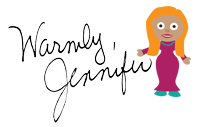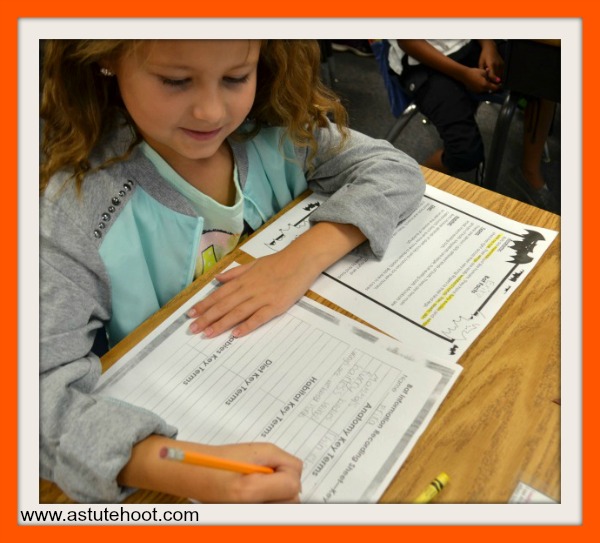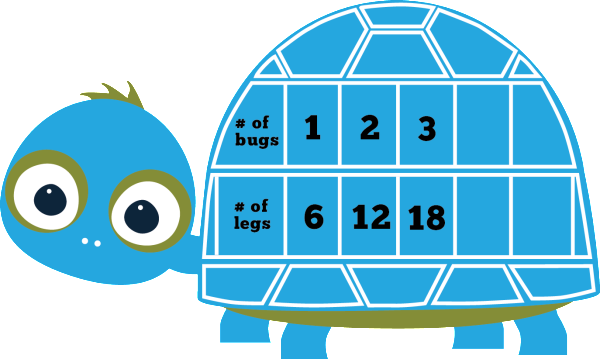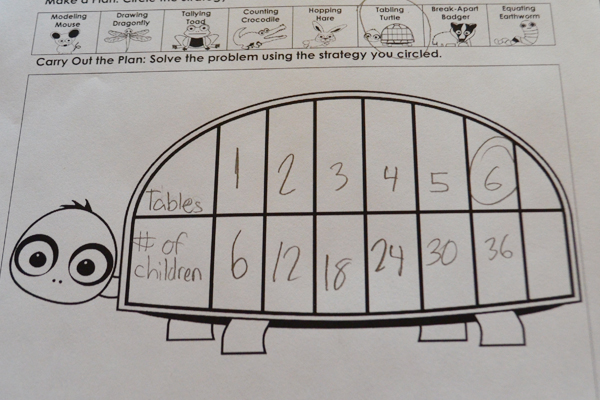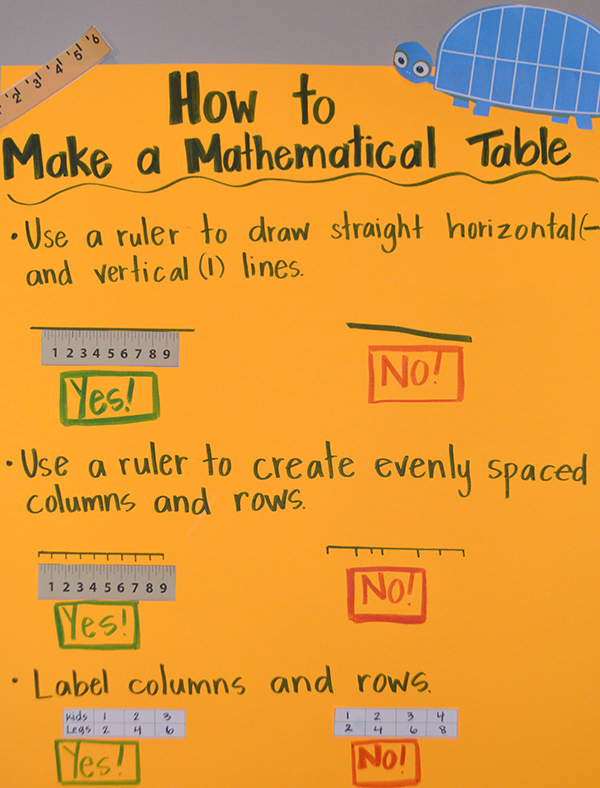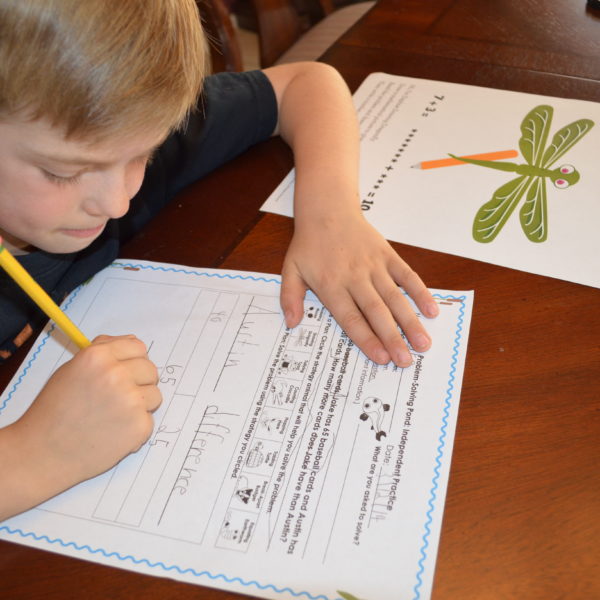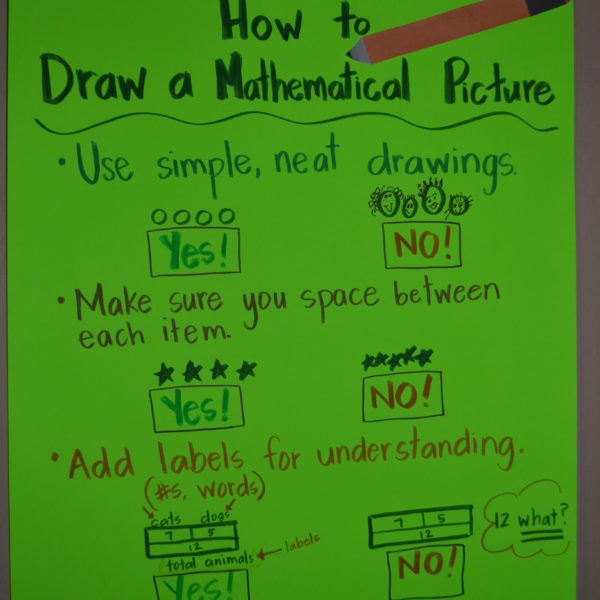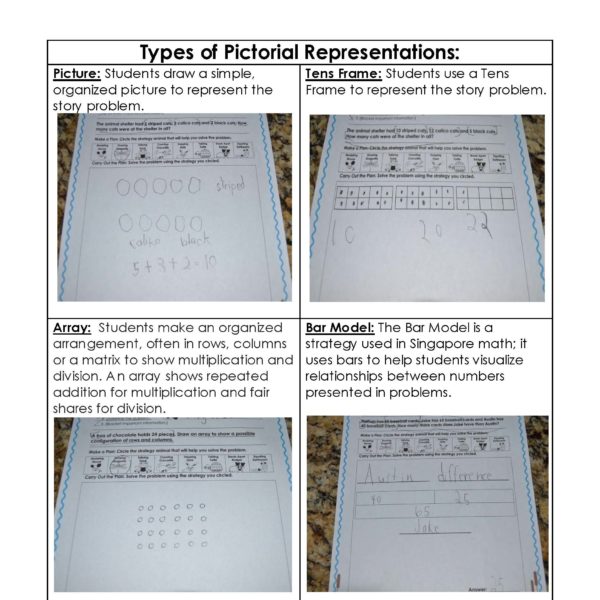The Time-on-Task Chart I Can’t Live Without!
During my 14 years as a special educator, I’ve created and designed various tools, forms, and charts to support students and teachers. This Time-On-Task Chart, however, is one of my top tools as it has enabled me to gather valuable data about student performance in both general education and special education settings. It measures behavior in 30 second intervals and tracks specific off task behaviors so teachers can easily see patterns in behavior in as little as 10 minutes.
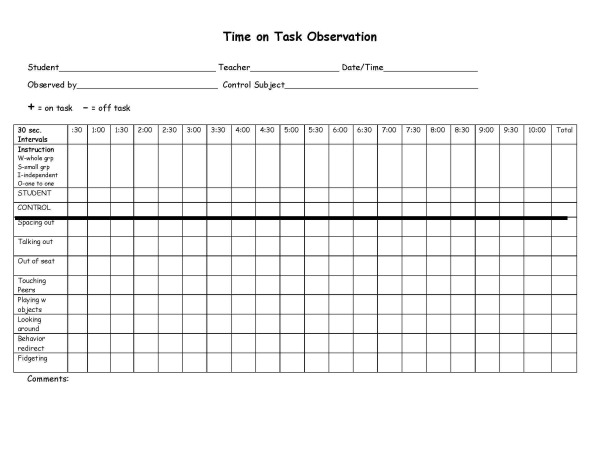 Here are some examples of how I’ve use it throughout the years…
Here are some examples of how I’ve use it throughout the years…
Pre-Referral: Data collection and documentation is an important part of the pre-referral and RTI process. This chart has been an effective tool in helping teachers gather baseline data, pinpoint patterns of behavior and determine triggers early in the process. This information is then used to design behavioral interventions. The chart can be used to measure effectiveness of intervention and compare subsequent ratings to the baseline rating. Furthermore, since time-on-task data is collected for a control subject as well, important information about the classroom environment, management, or teaching style is gained. For example, if the control subject’s time-on-task behavior is just as low as the target child’s time-on-task, then perhaps there is an issue with the learning activity or behavioral expectations being provided during that time.
Evaluations: Classroom observations are critical components of multidisciplinary evaluations. I’ve used this chart to collect data and gather important information about how a child functions in the classroom for every single evaluation I’ve completed. I am able to provide concrete data regarding classroom functioning and on-task behavior which helps to provide a holistic picture of the child.
IEP Progress Updates: For students who have time-on-task or classroom functioning goals, I’ve used this chart to regularly progress monitor and update IEP goals. It allows me to provide a concrete percentage of time-on-task, along with information about specific behaviors, learning tasks, grouping arrangements which impact student behavior. I’ve also charted the data and shared with students and parents. Students love to see when they make improvements! If a student is not making progress, it is a great opportunity to discuss challenges and make necessary changes with them. This helps to increase ownership and responsibility.
Behavior Intervention Plan: Data collected from the time-on-task chart provides key information about antecedents, behaviors, and consequences in authentic classroom settings. Since data collection is quick and easy, frequent data points can be collected throughout the day or week to measure effectiveness of behavior intervention plans.
Communication with Parents: In addition to sharing information about time-on-task behavior on formal IEP updates, I’ve also used this data during conferences and informal check-ins with parents. Parents have also reported that this information was helpful to share with outside counselors and doctors to assist with ADHD diagnosis and monitor effectiveness of treatment and/or medication.
Directions
This easy-to-use documentation tool can be used by special educators, general educators, paraprofessionals and related service personnel.
1. Choose a target student to observe and a control subject (same age,same sex peer) to which to compare the student.
2. Indicate type of instruction: W-whole group, S-small group, I-independent, O-one to one for each interval of the observation.
3. Use a watch or stop watch to track the time. At every 30 second interval, either mark + for on task behavior or – for off task behavior.
4. If the student is off task, indicate the specific off task behavior in the chart.
5. Total up data and calculate percent to determine total time the student was on task.
6. Use comments below to note additional observations and anecdotal data.
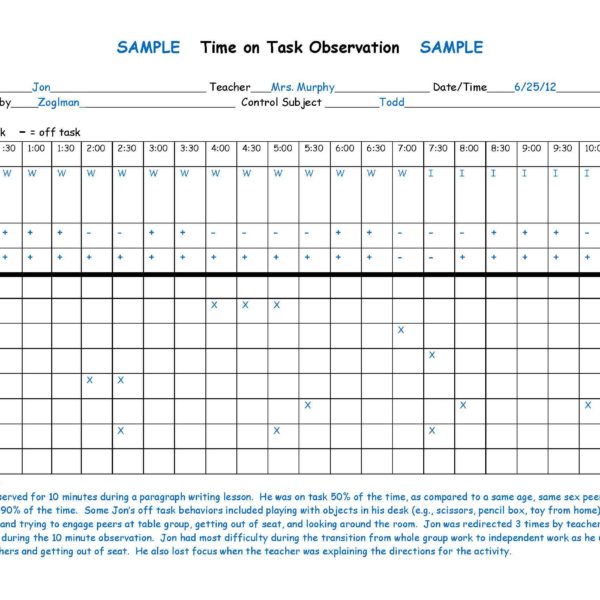 Download our Time-on-Task chart today! Available on TPT and here.
Download our Time-on-Task chart today! Available on TPT and here.
Don’t just take my word for it though…Here’s what others have said about this chart as well:
“Perfect! Just what I was looking for. Great observation form.” ~Jill Y.
“This is an excellent tool! I’ve used it for three students today! Very helpful…thanks!” ~Bill J.
“Exactly what I was looking. Thank you for saving me the time :).” Julie W.
“Really handy form to have to use for observations.” ~Renee R.
“I had my principal use this during one of my observations! It also gave me concrete data to take to my RTI meeting.” ~Marecela W.
Thanks for stopping by!
